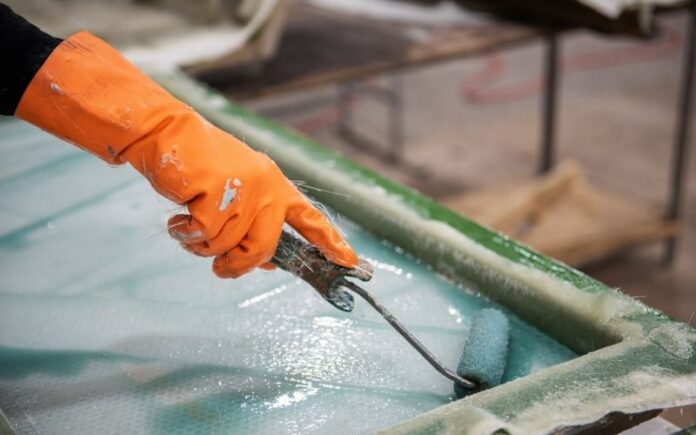This article will explain some common uses for fiberglass. From telecommunications to food processing, it has various applications. Read on to learn more about fiberglass’s many services! Here are just a few examples of places it’s used! But be sure to read the entire article to learn more!
Common uses of fiberglass
Fiberglass is a composite material composed of glass fibers. These fibers can be arranged randomly or woven together into a mat. In addition, they are often coated with a thermoplastic matrix, typically an epoxy or polyester resin. Glass fibers are composed of several different types of glass, including silica, magnesium, and boron oxides. Typical uses of fiberglass include:
Many boats are made from fiberglass. Fiberglass starts as a textile and is then laid into a mold to form the hull. A liquid resin is then applied to the fabric, which bonds chemically and produces high heat. Boat construction typically involves several layers and different techniques. Here are a few examples of common uses of fiberglass:
In addition to automobiles and boats, fiberglass is used in many common items in leisure and industry. For example, its non-slip property helps prevent accidents in water slides and aquariums, which are prone to injury. It is also used as a plywood alternative and in the manufacture of cooling towers. Fiberglass has many applications in the power generation, pulp and paper industries, and the automotive industry, and there are a variety of other uses for fiberglass. And if you’re not sure what fiberglass is, you may check out https://shop.plasticmaterials.net/categories/fiberglass for more information.
Common products made of fiberglass
Fiberglass is a versatile material used in various products, including automotive parts, window panes, and aquariums. Because of its anti-slip properties, fiberglass is often used in water slides and other leisure items. In addition, its strength makes it a preferred choice for insulating buildings, and its lightweight properties make it ideal for use in airplanes. It also serves as a robust and durable alternative to steel.
Making fiberglass begins with the extraction of glass filaments from a furnace. Fiberglass is then woven into a strand. Next, sizing is added to the glass fibers to maintain their properties, and the mechanical strength of the final product depends on the type and amount of glass fiber reinforcement used. The mechanical strength of a fiberglass product depends on the kind of glass fiber reinforcement, and it increases with increased amounts. The fiberglass fibers are then used to make common items, including kitchenware and automobile parts.
Fiberglass in food processing
If you’re a food processor, you’re probably familiar with the benefits of fiberglass. This material has several advantages over stainless steel, including low installation costs and long shelf life. It also provides comfort to employees who work in corrosive environments. In addition, fiberglass is ideal for food processing environments, as it has a high degree of purity and resistance to chemical and corrosive elements. Read on to learn more about this material’s benefits for food processing.
Fiberglass is made from composite materials: chopped strand mats and staple fibers. Chopped strand mats are made by pulling raw materials through a spinneret, whereas staple fibers are formed by pushing the material through a die. Glass fibers are then coated with a resin and shaped using a cutter. Fiberglass fibers are usually long and thin, with a W cross-section.
Fiberglass in telecommunications
Fiberglass is a material composed of glass rovings, a common ingredient in composite applications. The process of molding glass rovings involves a chemical reaction in which the resin is initially a liquid and then solidifies, maintaining the shape of the object. The resin cures, and the final product is then removed from the mold. The fiberglass material is commonly reinforced with chopped strand mat, which has been designed to provide isotropic properties in a plane.
Fiberglass fibers are produced from two types of glass. E-glass is the most common type of fiberglass. Its components differ slightly but must remain within a specific range. It was initially used in electrical applications. In Europe, S-glass, also called R-glass, is made from the same composition. S-glass has higher strength and stiffness than E-glass but is more difficult to draw into fibers. Also, it is more expensive.





























